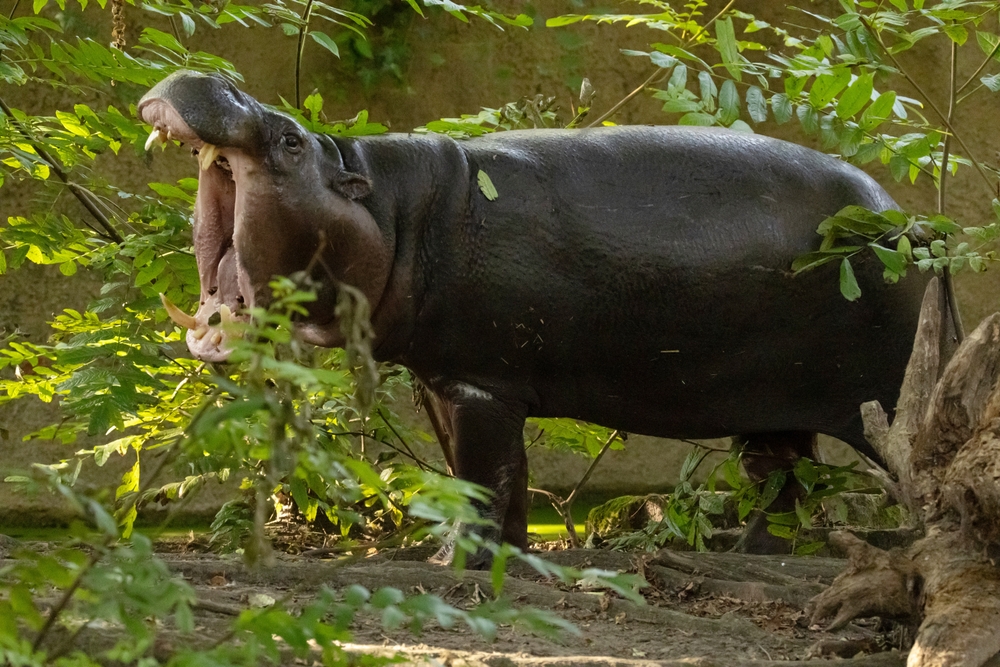Gbi Overview
Gbi National Park, locally known as “Gbi Kwee,” meaning “sacred mountain forest” in the Krahn language, is a natural treasure located in eastern Liberia, near the border with Côte d’Ivoire. This park is a vital part of Liberia’s efforts to conserve its diverse ecosystems and cultural heritage. Gbi National Park is known for its dramatic landscapes, rich biodiversity, and spiritual significance to the indigenous communities who consider it a sacred place. Established to protect its unique flora and fauna, the park is an important sanctuary for some of West Africa’s most endangered species.
The terrain of Gbi National Park is as diverse as it is breathtaking. The park is dominated by rugged mountains, dense tropical rainforests, and meandering rivers that carve through the lush vegetation. The mountain slopes are covered with thick forests of towering trees such as mahogany, ebony, and kapok, which form a dense canopy. Beneath the canopy, the understory is alive with shrubs, ferns, and flowering plants. The rivers and streams that traverse the park create pockets of wetlands and provide essential habitats for aquatic life, adding to the park’s ecological richness.
Gbi National Park is home to a wide array of wildlife, making it a haven for conservation and eco-tourism. Among its most notable inhabitants are forest elephants, pygmy hippopotamuses, and Western chimpanzees, all of which are classified as endangered. The park is also home to a variety of primates, including Diana monkeys and colobus monkeys. Birdlife is equally remarkable, with over 250 species recorded, including the rare white-necked picathartes and green-tailed bristlebill. Reptiles, amphibians, and an incredible diversity of insects further contribute to the park’s vibrant ecosystem.
Visitors to Gbi National Park can engage with its natural beauty through guided hikes along its forested trails, wildlife tracking adventures, and birdwatching expeditions. The park’s mountainous terrain offers stunning vistas, while the rivers and wetlands provide serene spots for relaxation and photography. Community-based tourism initiatives allow visitors to experience the traditions and sustainable practices of the local Krahn people, fostering a deeper connection to the park’s cultural heritage.
Despite its natural and cultural significance, Gbi National Park faces several challenges, including illegal logging, poaching, and encroachment for agriculture. The Liberia Forestry Development Authority (FDA), along with local and international conservation partners, is actively working to address these threats. Conservation initiatives include anti-poaching patrols, habitat restoration projects, and educational programs aimed at promoting sustainable practices among local communities. Eco-tourism is also being developed as a way to generate income while preserving the park’s resources.
Gbi National Park is a shining example of the harmony between conservation and community. Its stunning landscapes, rich biodiversity, and deep cultural roots make it a vital part of Liberia’s natural heritage. By protecting this sacred mountain forest, Liberia contributes to global biodiversity conservation efforts and ensures the sustainability of one of West Africa’s most extraordinary ecosystems for generations to come.
















































































